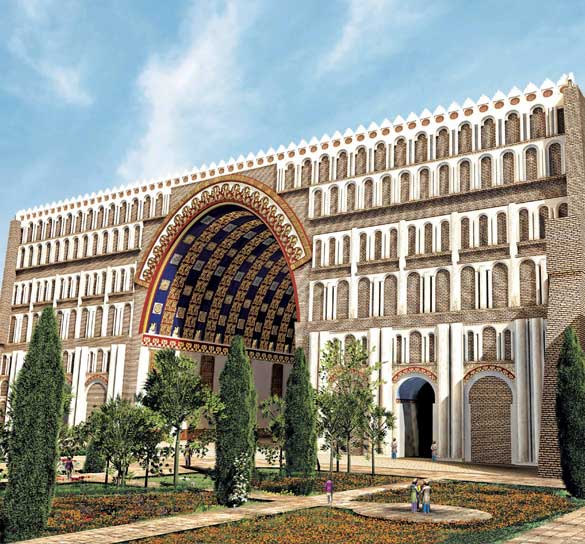

After the death of Alexander the Great, most of the former Persian Empire had fallen under the control of one of his generals, Seleucus I Nicator, becoming known as the Seleucid Kingdom. In the second century BC, the Seleucid Kingdom lost much of its territory to the Parthian Empire, which had broken off from the Seleucids. The Seleucids were finally wiped out by the Roman general Pompey in 63 BC, leaving Parthia the dominant force in the area. The Parthian Empire lasted until 224 AD, when they were conquered by the Sassanid Empire.
Regardless of which kingdom held power in Persia, they had a long history of conflict with the Romans. Disputes over territory along the border of the two empires and influence over the Caucasus and Armenia were persistent for centuries. Later on, the Romans also objected to the persecution of Christians at the hands of Zoroastrians inside the Persian Empire.
A new conflict began in 602 AD, after a coup in Constantinople. Persia swept in to the southern parts of the Roman Empire, capturing and occupying Syria, Palestine, and Egypt. The war lasted for twenty years until the Emperor Heraclius (the first Roman emperor whose first language was Greek, not Latin) defeated the Persians at the Battle of Nineveh in 627. Faced with losing their capital city of Ctesiphon, the Persians overthrew their king and agreed to a peace treaty, returning the occupied lands to the Romans.
The war had a great cost in terms of wealth and manpower, leaving both Empires weakened and totally unprepared for what happened next.